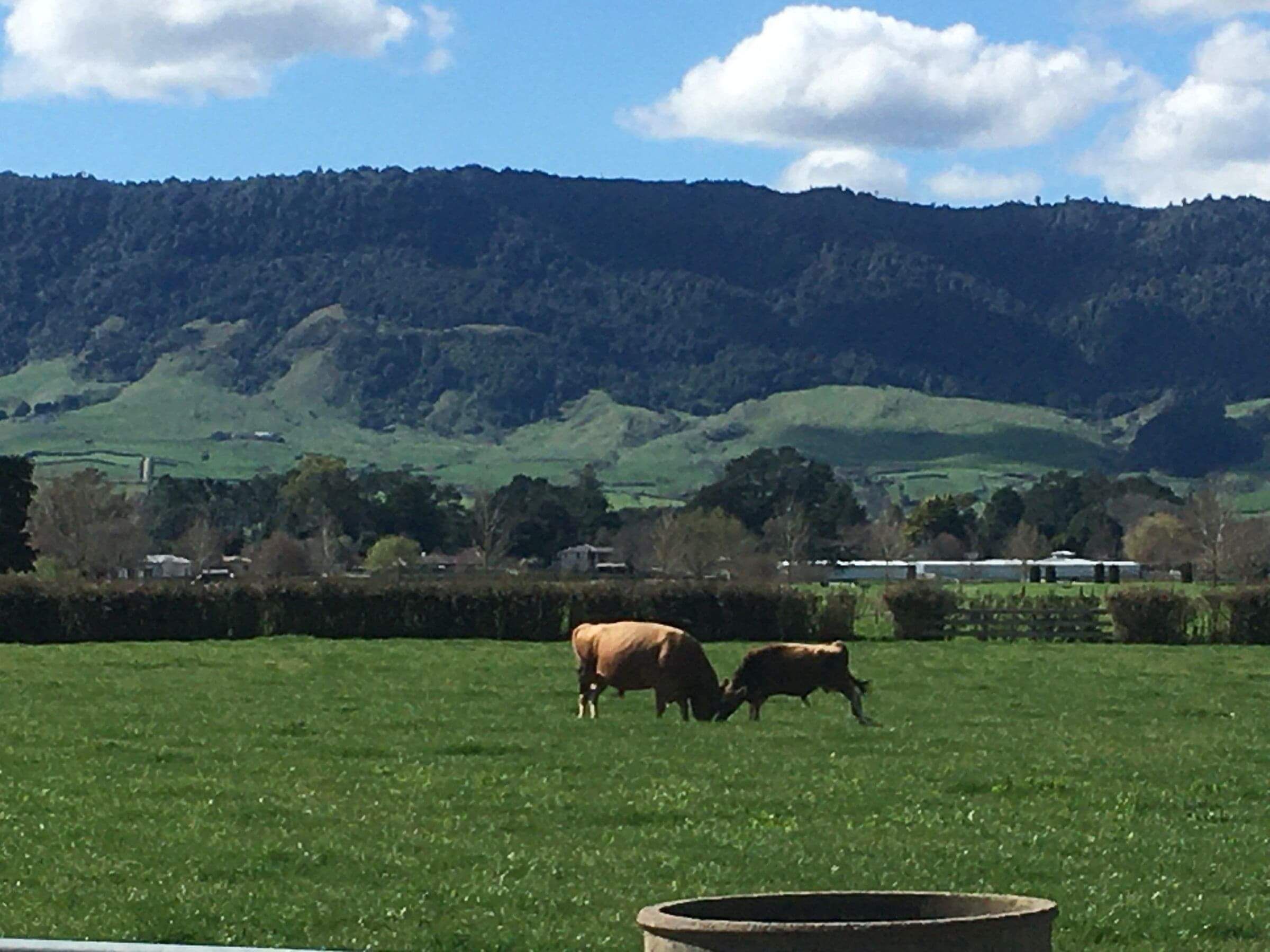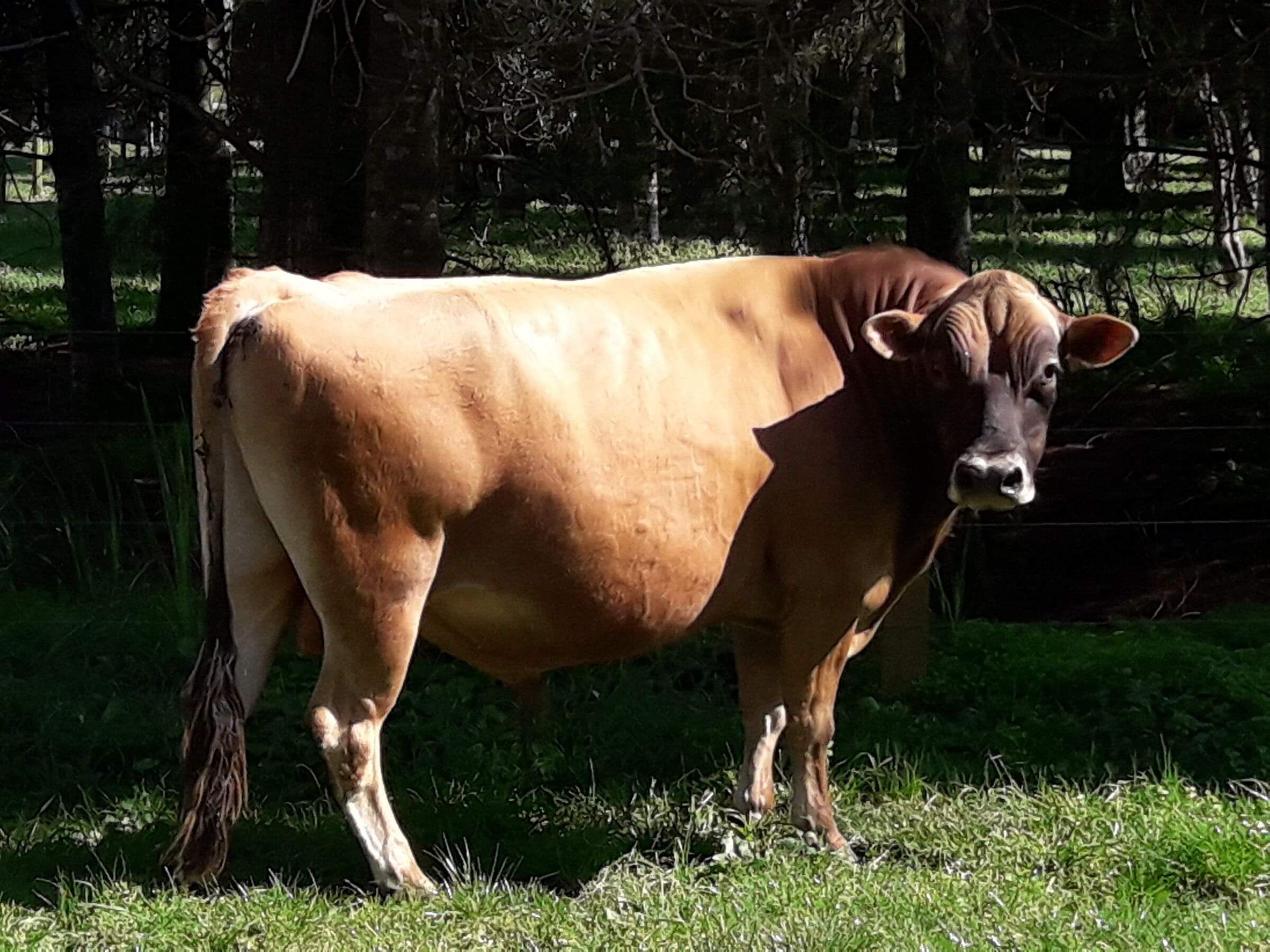Bull Management

Bull Power
Do you have enough bulls for the job?
It is estimated a fully fertile bull can successfully serve 2-3 cows/day. Given cows on average have a 21 day cycle this leads us to the rule of thumb of 1 bull/40 cows to be mated. Yearling-2YO bulls should be used at a rate of 1/20 as we know they have poorer fertility.
If mating has been going to plan then at least 70% of your herd should be in calf after 6 weeks of mating. That leaves around 30% for the bull. Clearly if mating has not gone to plan and only 50% of your herd are in calf there is rather a lot more work for the bull to do and numbers need increasing.
Example
| Herd Size | 6 week in calf rate | Cows left to serve | No. Bulls required |
| 300 | 70 | 90 | 3 |
| 300 | 50 | 150 | 5 |
If you are planning to rotate 2 bull teams then these numbers should be doubled. Remember if you are using synchrony programmes in cows or heifers and expect a lot of animals to return to cycling on the same day you will need an increase in the amount of bull power.
Fertility
Bull fertility is not a given! It is estimated that 20% of all bulls are subfertile while 2-5% are truly infertile. This may not seem like a big deal and in large herds, with large bull power, the effect of one subfertile bull will be largely mitigated by the others. That said, in smaller herds with only 2 or 3 bulls, having one with poor fertility could have a dramatic impact on conception rates.
Fertility issues can vary from short term to permanent. Injuries may prevent a bull from physically mounting cows and any transient infection which results in the bull having a raised temperature can result in sperm death. These can be overcome given enough time and the bull will regain fertility. Other conditions may be genetic and some injuries may be so severe they render the bull infertile forever.

Examination
Veterinary examination of a bull for service can be split into varying levels of detail:
Tier 1
- general physical exam and infectious disease check
Tier 2
-checking ability to serve, identification of obvious penile abnormalities
Tier 3
- electro-ejaculation to allow full assessment of semen quality
Examination should take place at least 1 month before the bull is expected to be used
Biosecurity
Bulls present the biggest biosecurity risks to many of our herds and are able to bring with them diseases such as 'pink eye', BVD and IBR - often in animals which upon initial inspection appear perfectly healthy. For this reason if you are buying in bulls new we would advise a minimum quarantine period of at least 3 weeks. The stress of transport will likely bring out any niggling signs of disease such as 'pink eye' infection. These can then be dealt with before the animal mixes with the herd.
Lameness
A lame bull is worthless to you!
Firstly a lame bull is going to have a reduced work rate. Lameness is a painful condition and a lame bull will not readily mount cows and perform his job.
Secondly lameness can be an infectious condition. If this leads to an elevated temperature and fever then sperm production is affected and thus the bulls fertility can be reduced.
So be proactive, check his mobility well before and throughout the mating period and if necessary get a foot trimmer in to see to the feet before mating commences
BVD
The problem with bulls and BVD infection can be divided into two parts:
1) Purchasing a persistently infected (PI) bull could have catastrophic effects on a herd, with early embryonic deaths, abortions and the birth of PI animals. This is why testing bulls for the disease is so important.
2) On the other side of the coin, at lot of bulls are now raised on BVD free farms. Consequently these bulls have no immunity to the virus. If they then join your herd and BVD is circulating, they are susceptible to picking up a transient infection which could result in them developing a short fever. This may go largely unnoticed, but a fever will affect sperm quality and could render the bull infertile for a period while he recovers. This is why vaccination of bulls is so important!
Learn more about BVD here